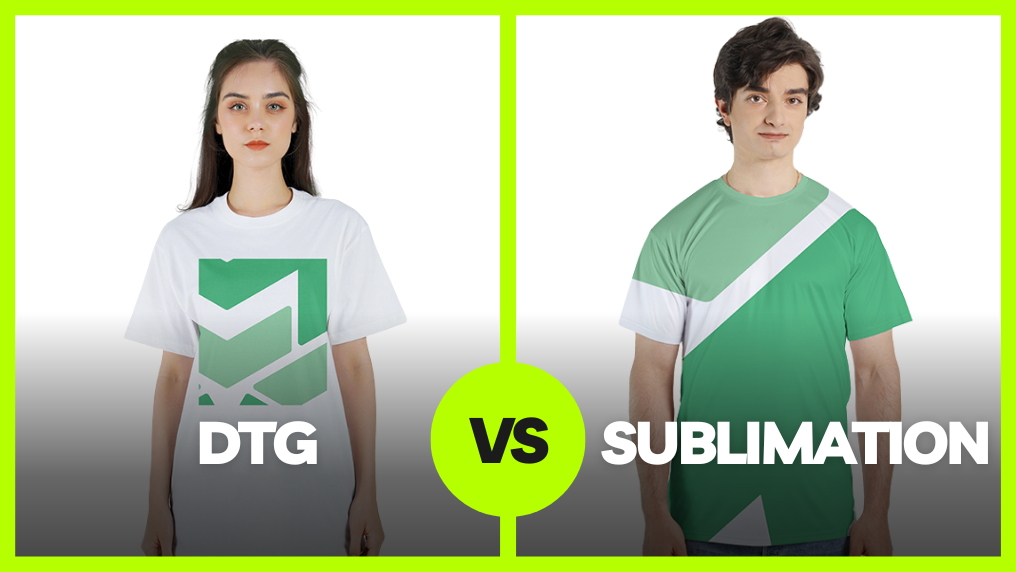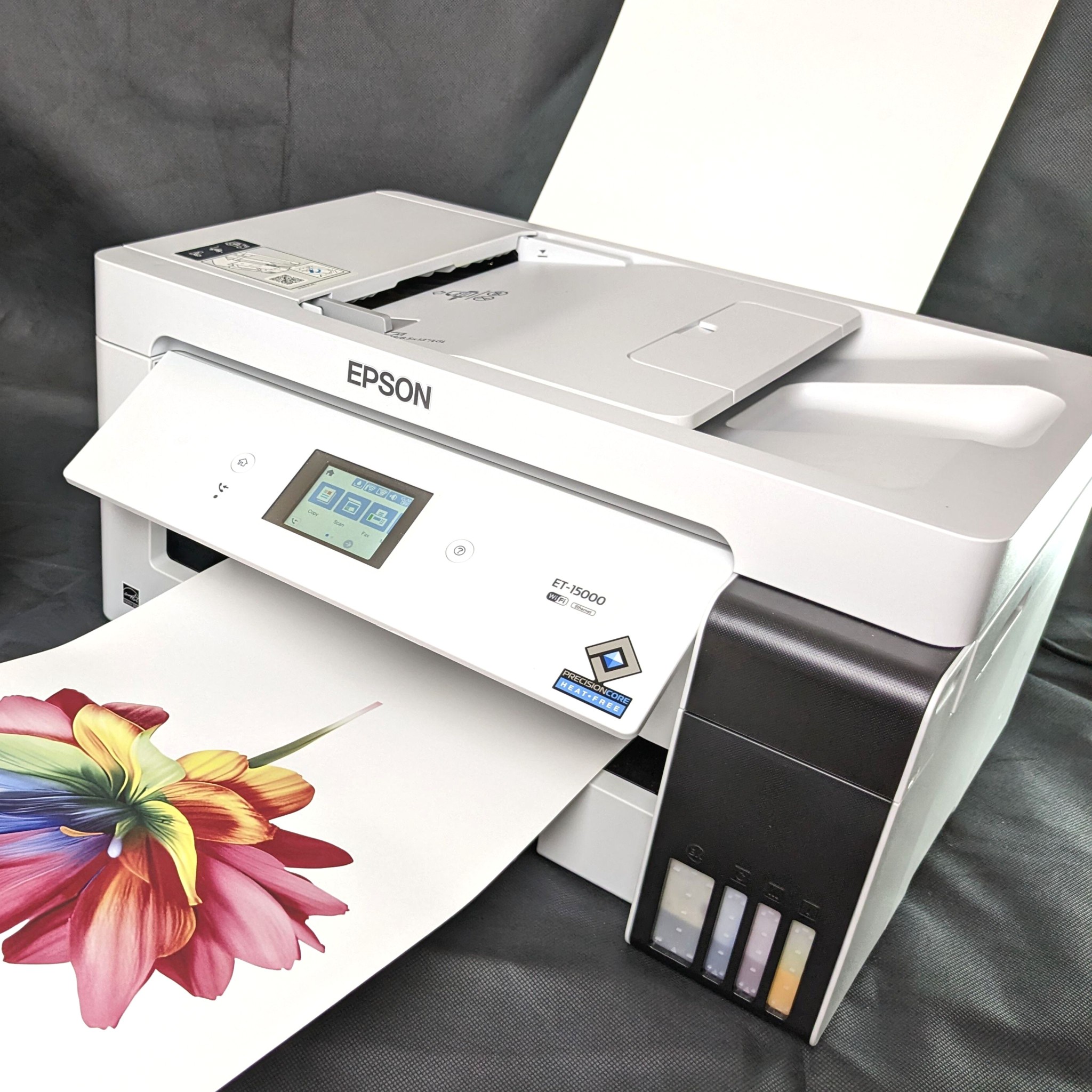Advancements in DTF Printing: Just How It's Transforming the Sector
The fabric printing sector is undertaking a substantial improvement, driven by the innovative improvements in Direct-to-Film (DTF) modern technology. With remarkable ink formulations, boosted movie and adhesive innovations, and the integration of automation, DTF printing supplies lively, durable prints on a variety of textiles, satisfying the increasing demand for personalization.
Advancements in DTF Innovation
Progressing swiftly, DTF (Direct-to-Film) printing technology has actually gone through significant improvements that are revolutionizing the textile sector. Modern DTF printers utilize sophisticated ink solutions that result in lively, sturdy prints with high resolution and color precision.

Furthermore, advancements in movie and glue modern technologies have boosted the general application procedure. New films provide better elasticity and attachment, improving the resilience and washability of the printed designs - Branded clothing. This guarantees that the prints preserve their honesty and vibrancy also after multiple washes
Last but not least, ecological considerations have actually motivated the development of environmentally friendly DTF remedies. Makers are increasingly taking on sustainable methods, such as using water-based inks and recyclable movies, straightening with worldwide initiatives to decrease the market's environmental impact.
Advantages Over Traditional Methods
When contrasting DTF printing to conventional approaches such as screen printing and direct-to-garment (DTG) printing, a number of distinct advantages emerge. screen printing. One of the most significant advantages is its adaptability in textile compatibility. Unlike screen printing, which often requires particular textile kinds, DTF printing can be put on a more comprehensive variety of materials, consisting of cotton, polyester, and blends, without endangering print high quality
Another notable advantage is cost-effectiveness, especially for small to medium-sized orders. Traditional display printing becomes economically viable only at greater volumes due to the setup prices entailed. On the other hand, DTF printing removes these setup expenditures, making it a lot more inexpensive for smaller sized sets and one-off styles.
Moreover, DTF printing stands out in toughness and washability. Furthermore, DTF printing uses faster turnaround times.

Boosted Design Capabilities
DTF printing provides enhanced layout abilities that set it apart from conventional printing methods. The process entails publishing a style onto a special film, which is then moved to fabric.
Furthermore, DTF printing supports a large selection of fabrics, consisting of cotton, polyester, blends, and even non-textile substrates. This convenience opens up doors for creative applications in varied sectors such as style, browse this site home decoration, and promotional products. Unlike screen printing, which can be limiting because of shade separation and stencil production, DTF printing simplifies the process, making multi-color and photo-realistic layouts much more accessible.
Additionally, DTF printing stands out in attaining constant color precision and vibrancy. In significance, DTF printing empowers designers to push the boundaries of creative thinking, delivering aesthetically sensational results that were formerly unattainable.
Expense and Time Performance
One of the notable benefits of DTF printing lies in its cost and time effectiveness, making it a preferred selection for several businesses. Unlike conventional methods that call for substantial investment in screens and setup times, DTF printing enables for direct application onto numerous products with marginal prep work.
Additionally, DTF printing masters generating short runs and personalized orders cost-effectively. The capability to produce top notch prints without the requirement for huge volume dedications lessens waste and enhances resource allocation. This flexibility is especially helpful for local business and start-ups that might not have the funding to spend in massive production runs.
In terms of operational performance, DTF printing's streamlined operations enhances total performance. The technology's compatibility with a wide variety of substrates and textiles further expands its application extent, minimizing the demand for multiple printing systems. Organizations can accomplish a quicker useful link turn-around time, improving client fulfillment and competition in the market. Thus, DTF printing attracts attention as a transformative service in the printing market.
Future Trends in DTF Printing
Preparing for future fads in DTF printing discloses a landscape marked by fast technical innovations and raised market demand (DTF printing). One considerable fad is the combination of fabricated intelligence (AI) and machine discovering formulas to maximize print quality and streamline procedures. AI-driven systems can forecast potential problems and readjust settings in real-time, ensuring regularly high-grade output
Furthermore, innovations in eco-friendly inks and lasting materials are anticipated to obtain traction. As environmental worries end up being a lot more pressing, the industry is most likely to see a shift towards biodegradable and safe inks, reducing its eco-friendly footprint.
Customization and customization will certainly also play a pivotal duty. With the growing consumer need for special, personalized items, DTF printing innovations are developing to offer even more elaborate and detailed personalization options. This fad is sustained by enhanced software program options that enable even more complex and imaginative layouts.
Finally, the integration of DTF printing with various other digital systems and e-commerce solutions will come to be much more smooth. This connectivity will certainly make it possible for services to offer on-demand printing solutions directly to customers, additionally driving growth in the sector. These patterns jointly highlight a future where DTF printing not just meets yet exceeds the developing demands of the market.
Conclusion

When contrasting DTF printing to traditional approaches such as screen printing and direct-to-garment (DTG) printing, several distinctive advantages arise. Unlike screen printing, which often requires specific material kinds, DTF printing can be applied to a more comprehensive range of materials, including cotton, polyester, and blends, without endangering print quality.
DTF printing provides improved layout capacities that set navigate to this site it apart from traditional printing techniques. Therefore, DTF printing stands out as a transformative option in the printing industry.
Developments in DTF printing significantly improve the textile printing industry by giving exceptional print efficiency, versatility, and high quality.